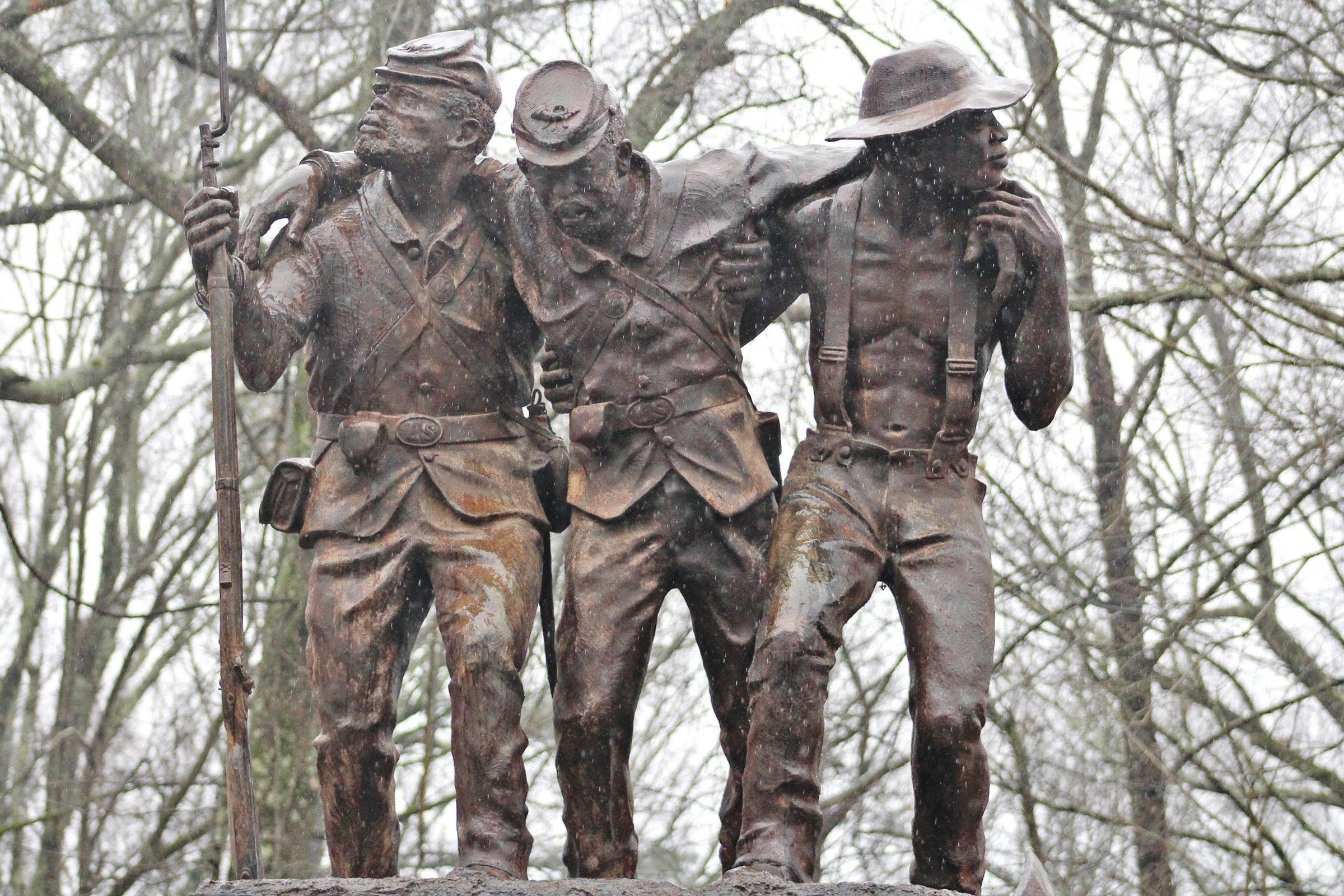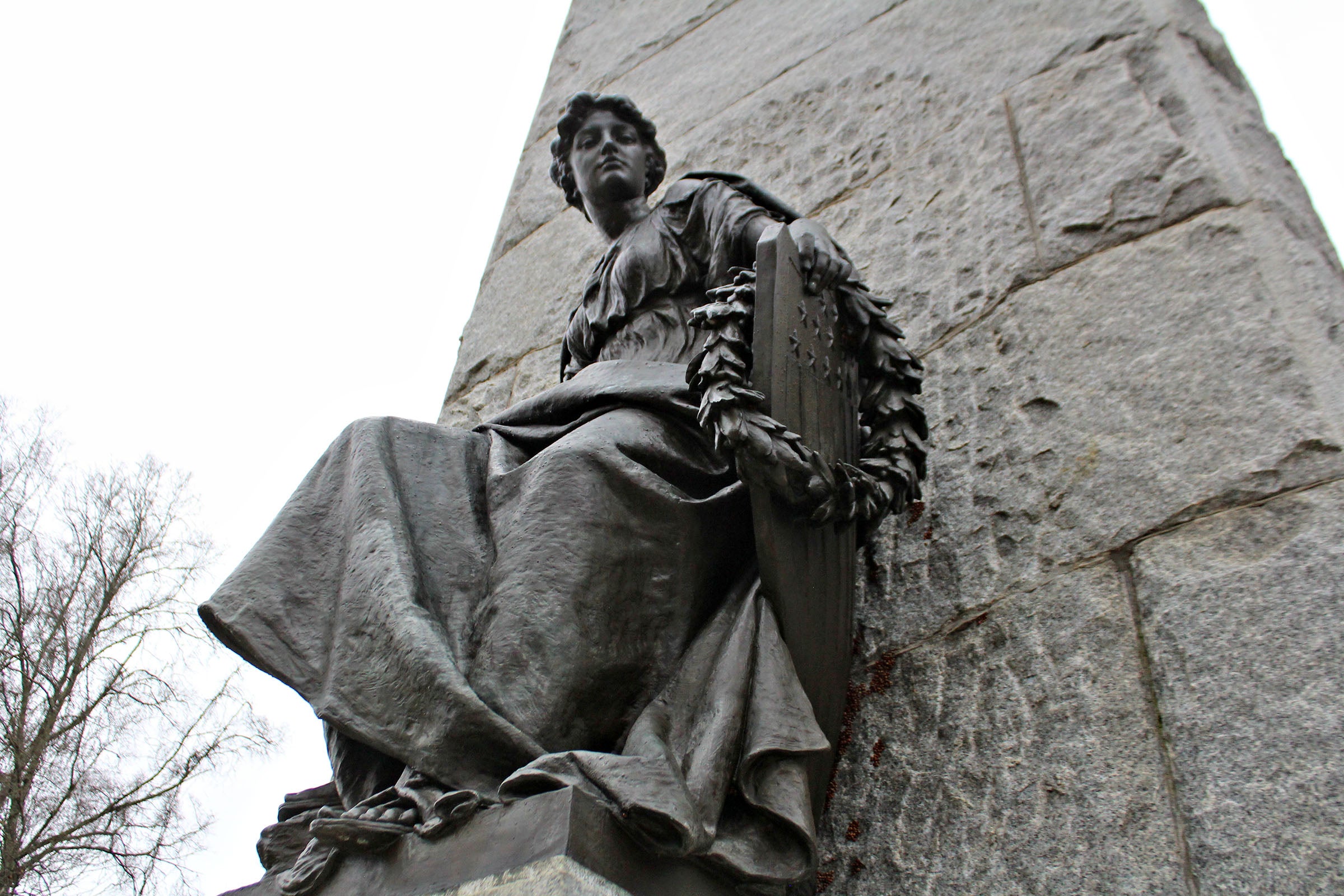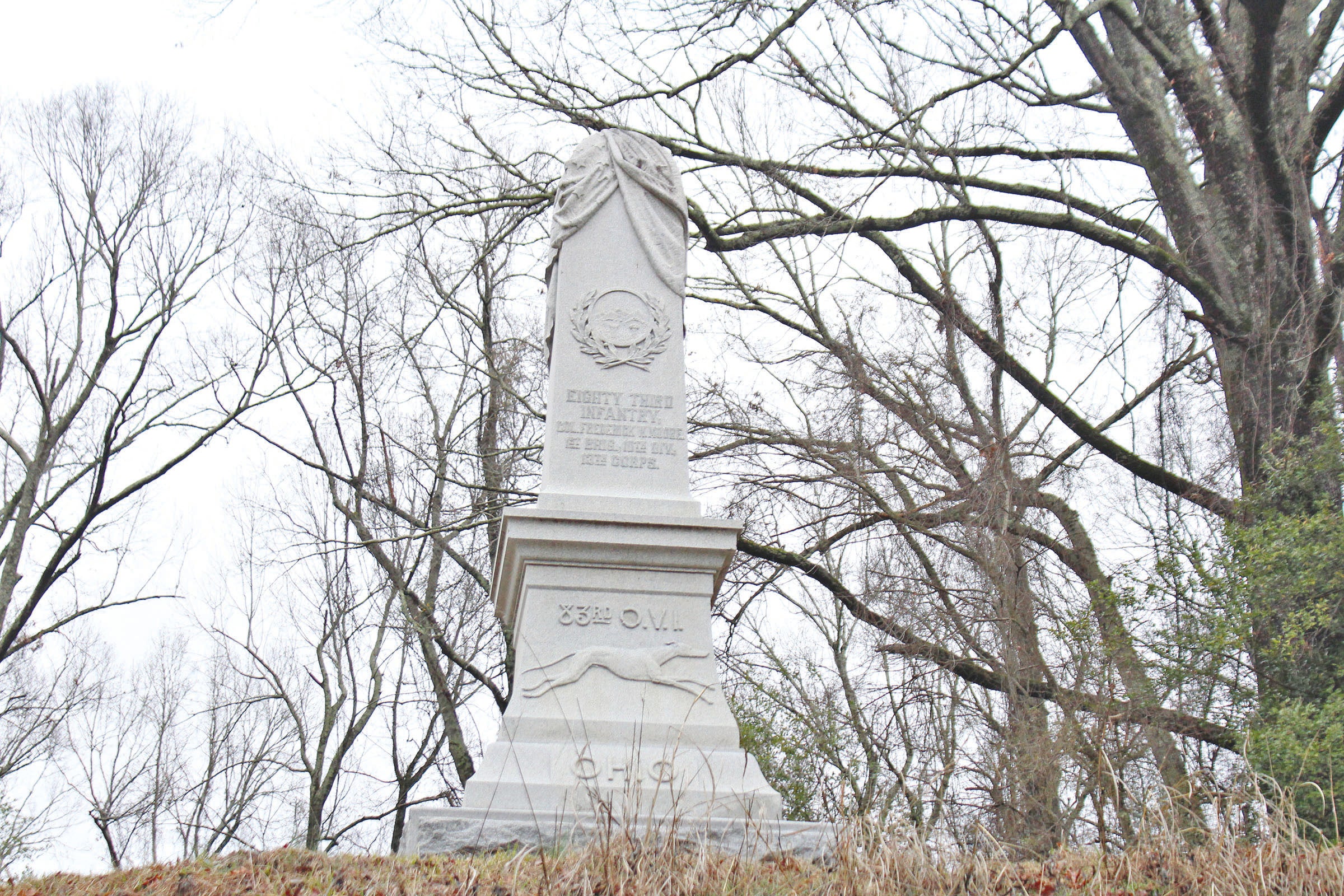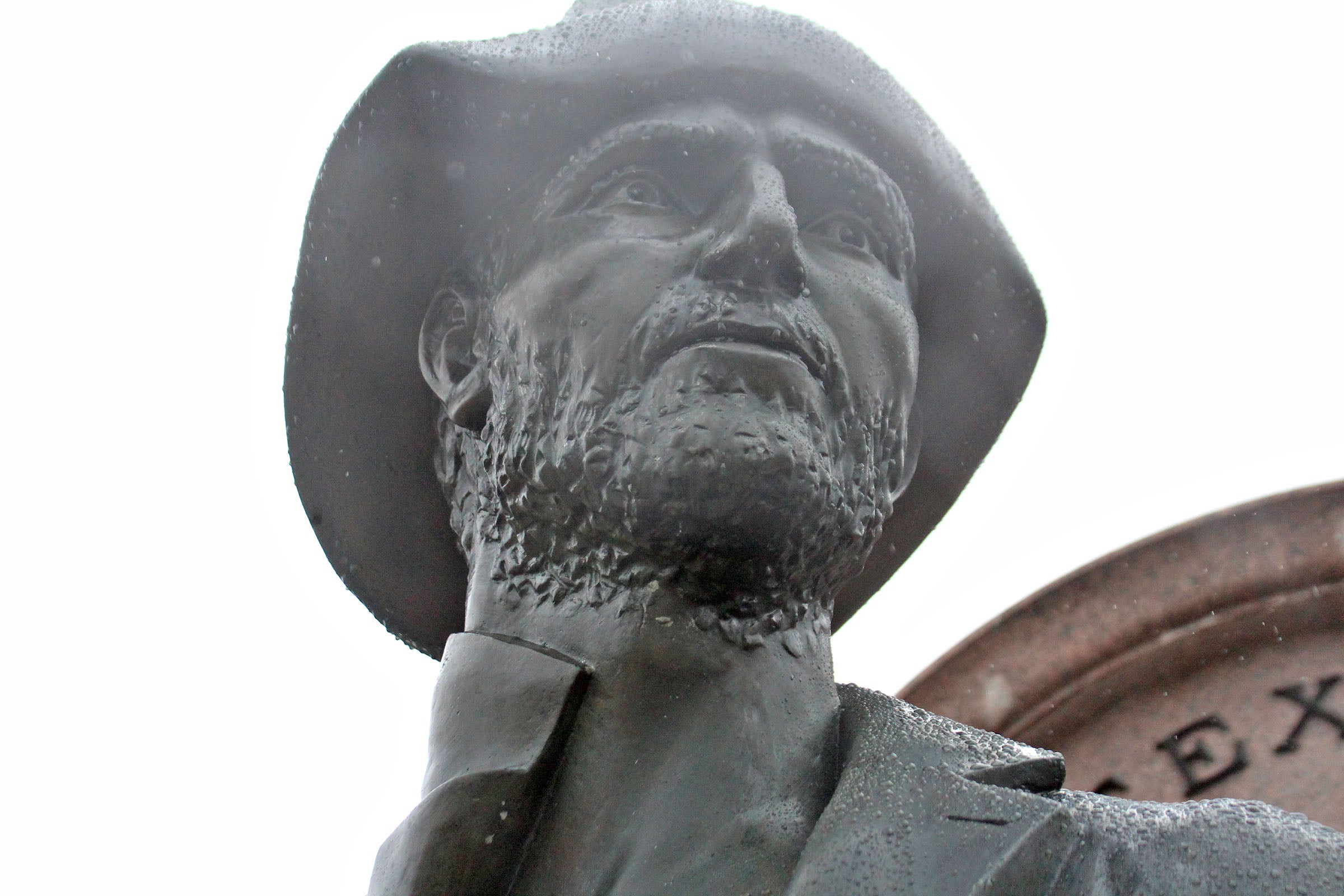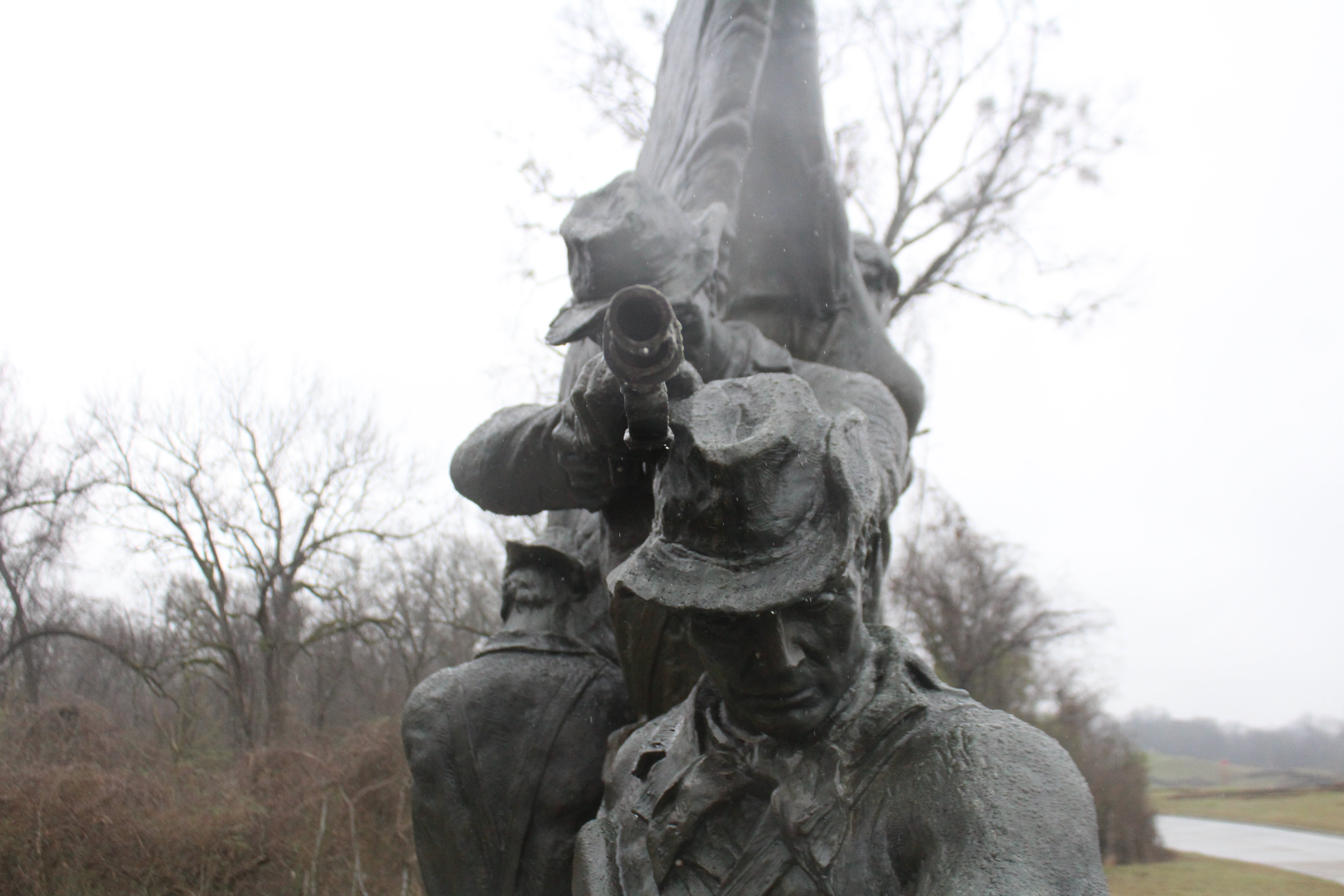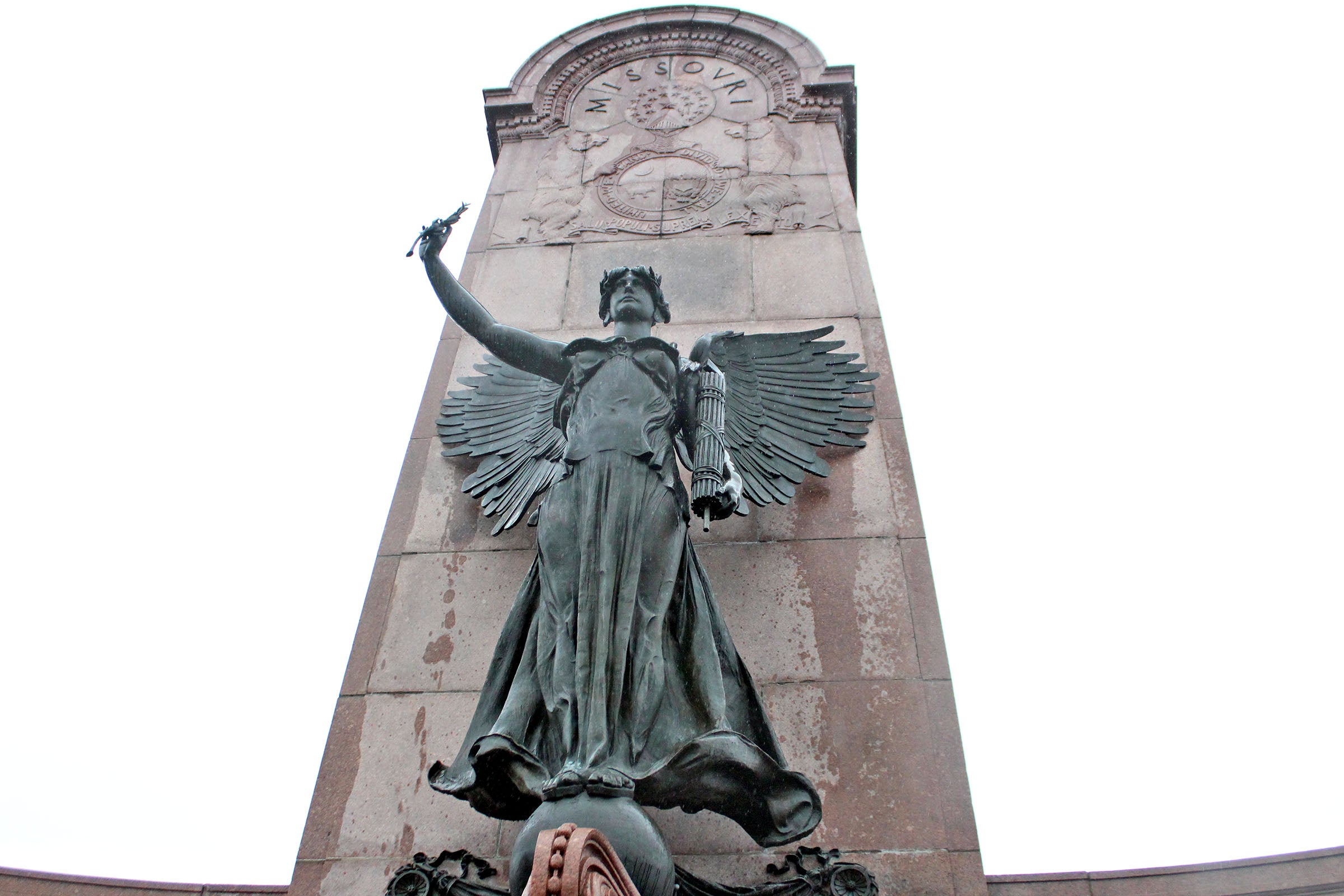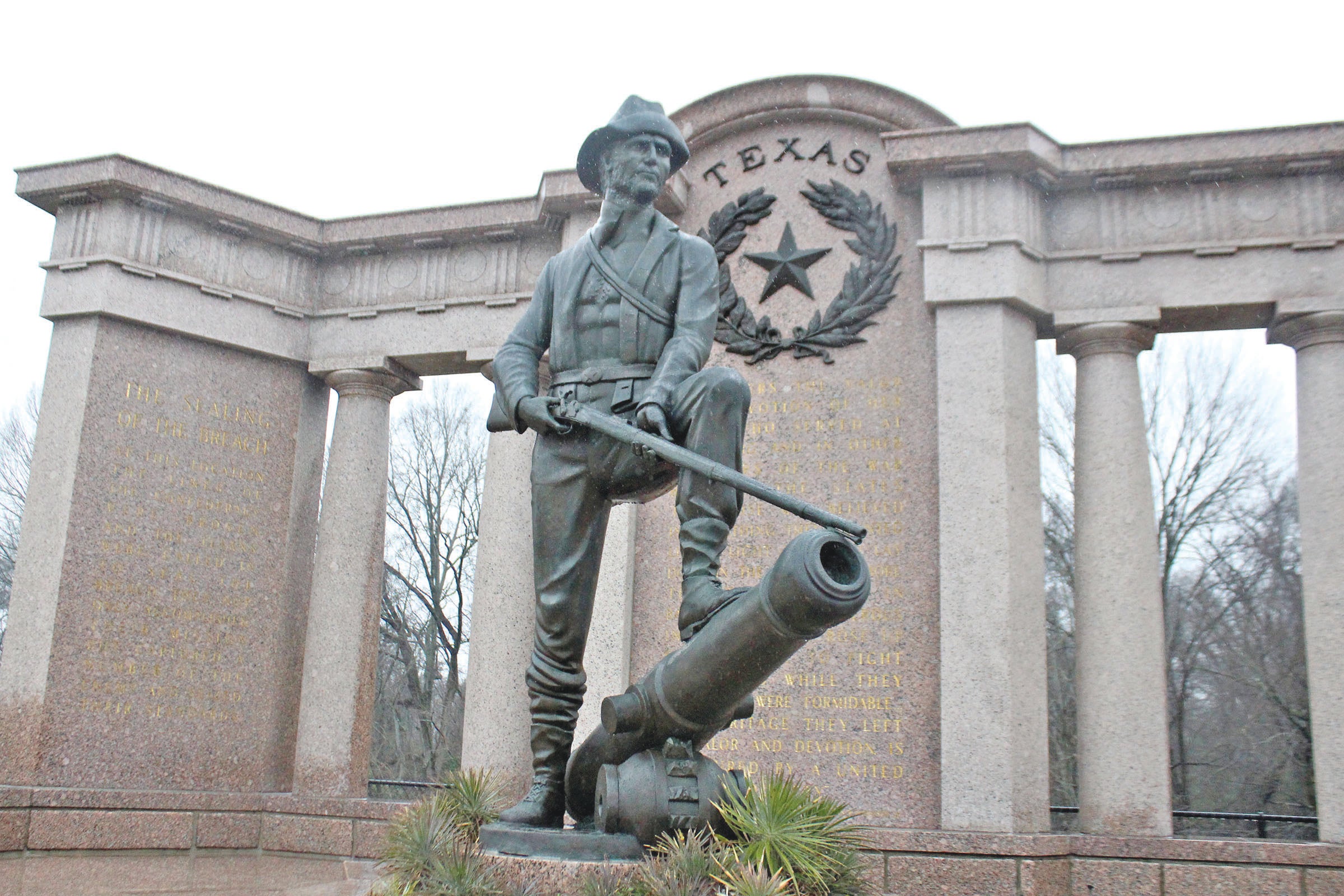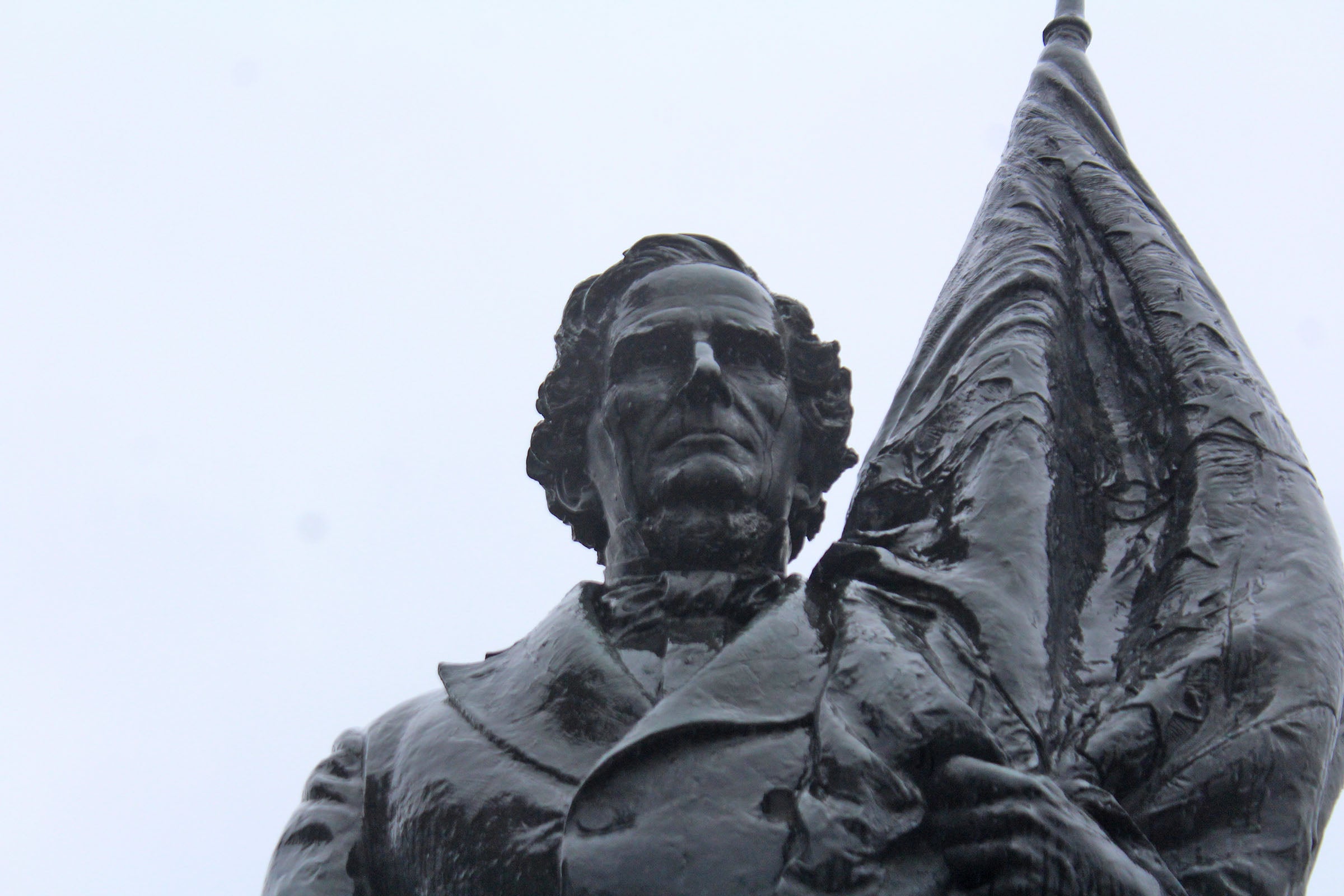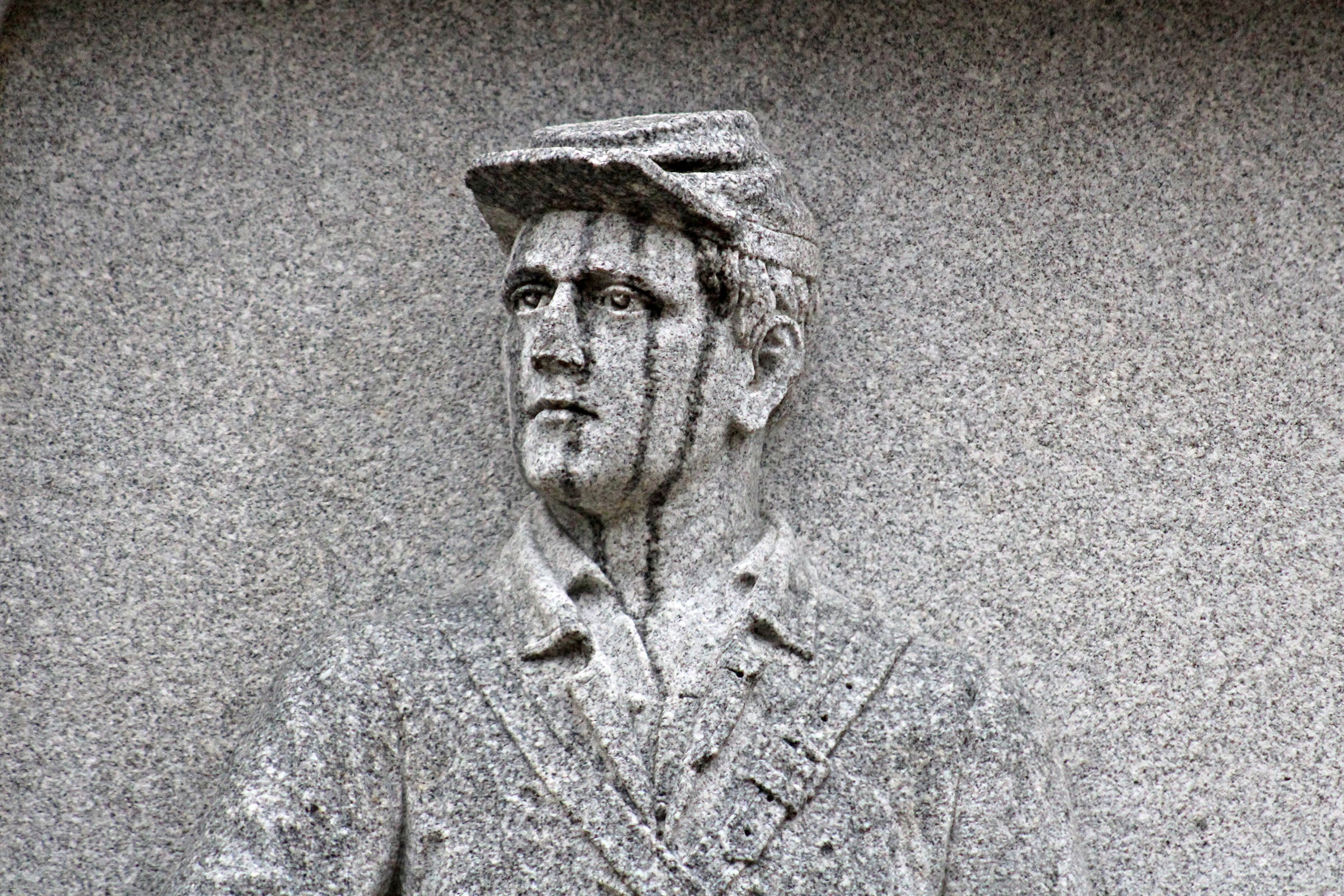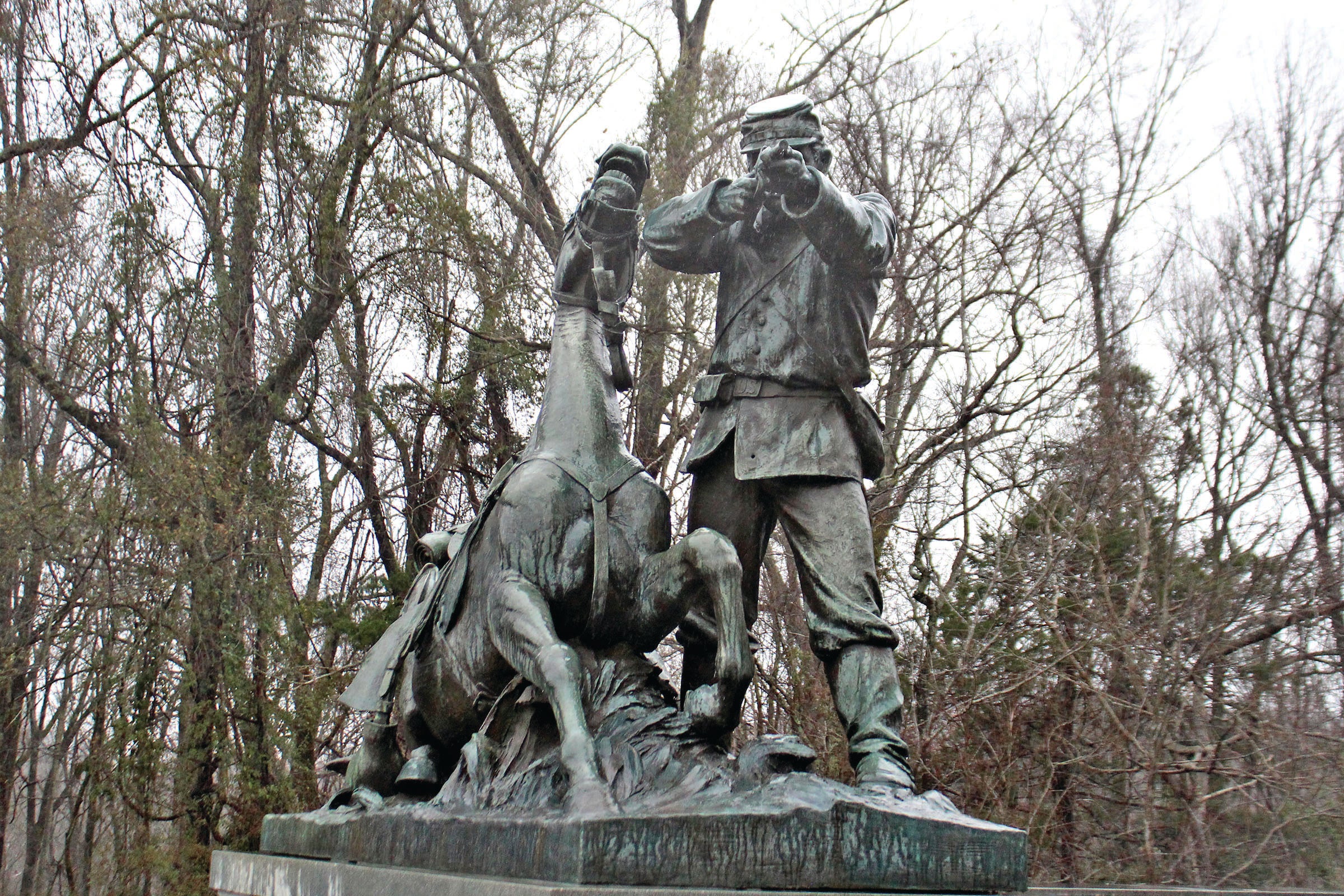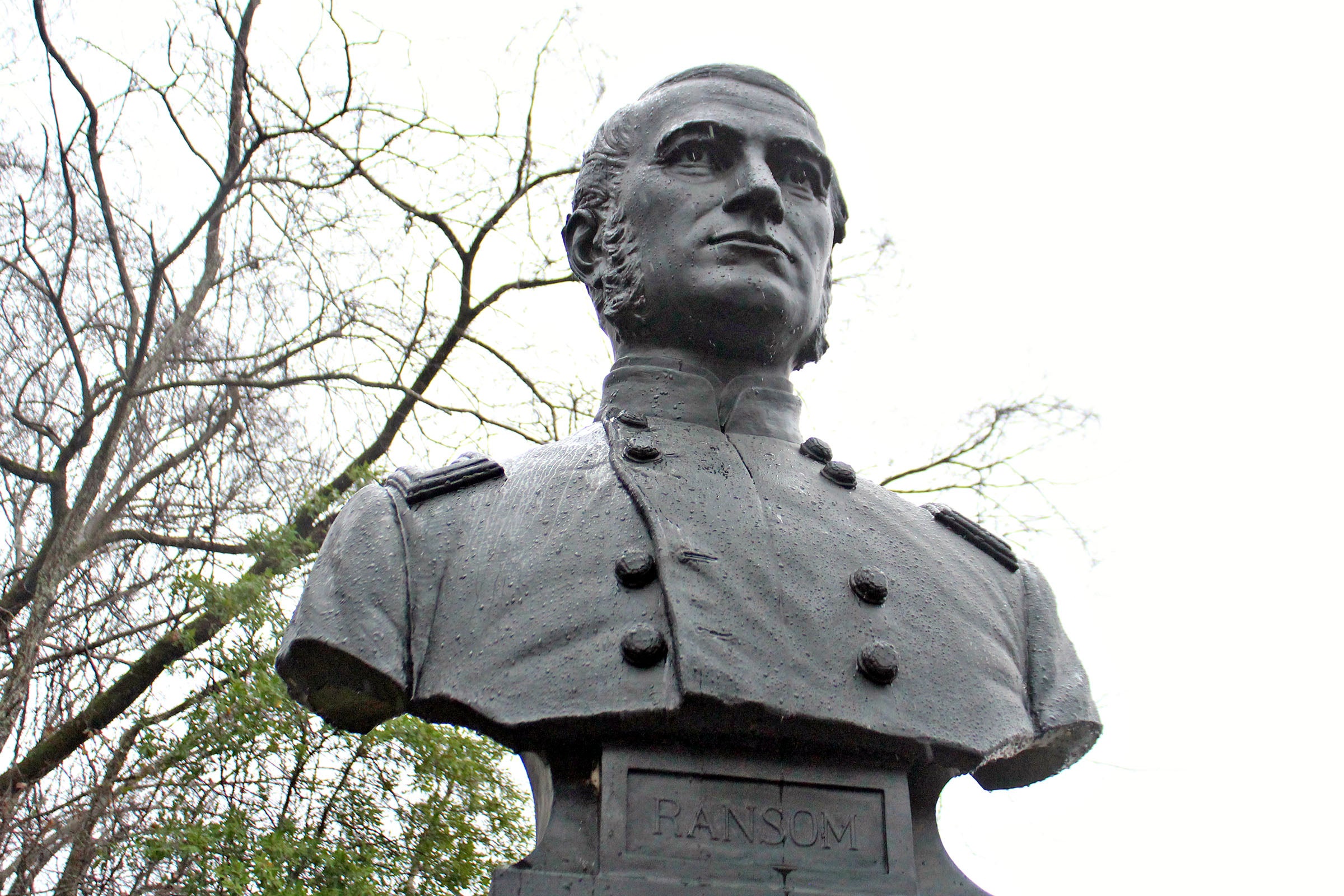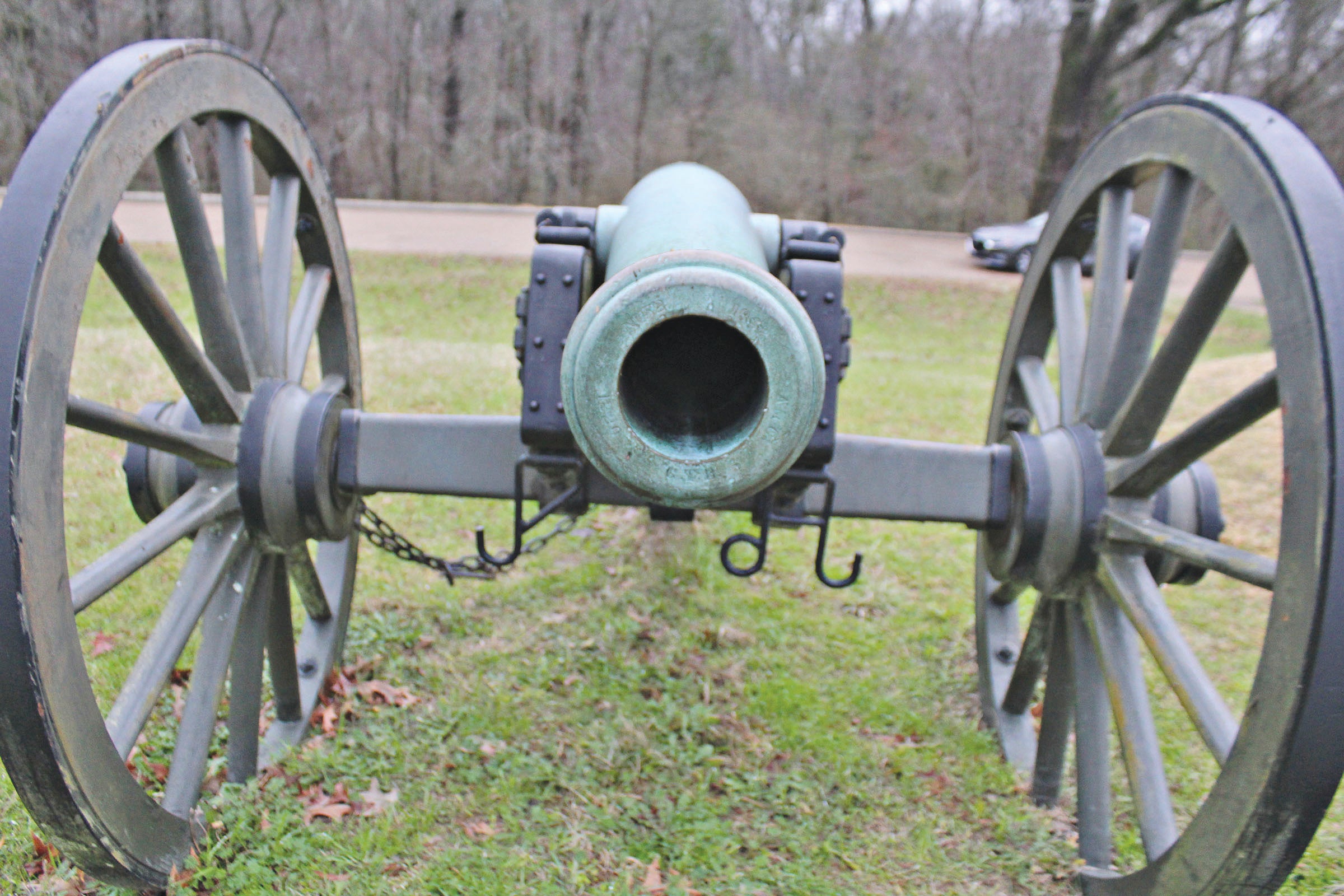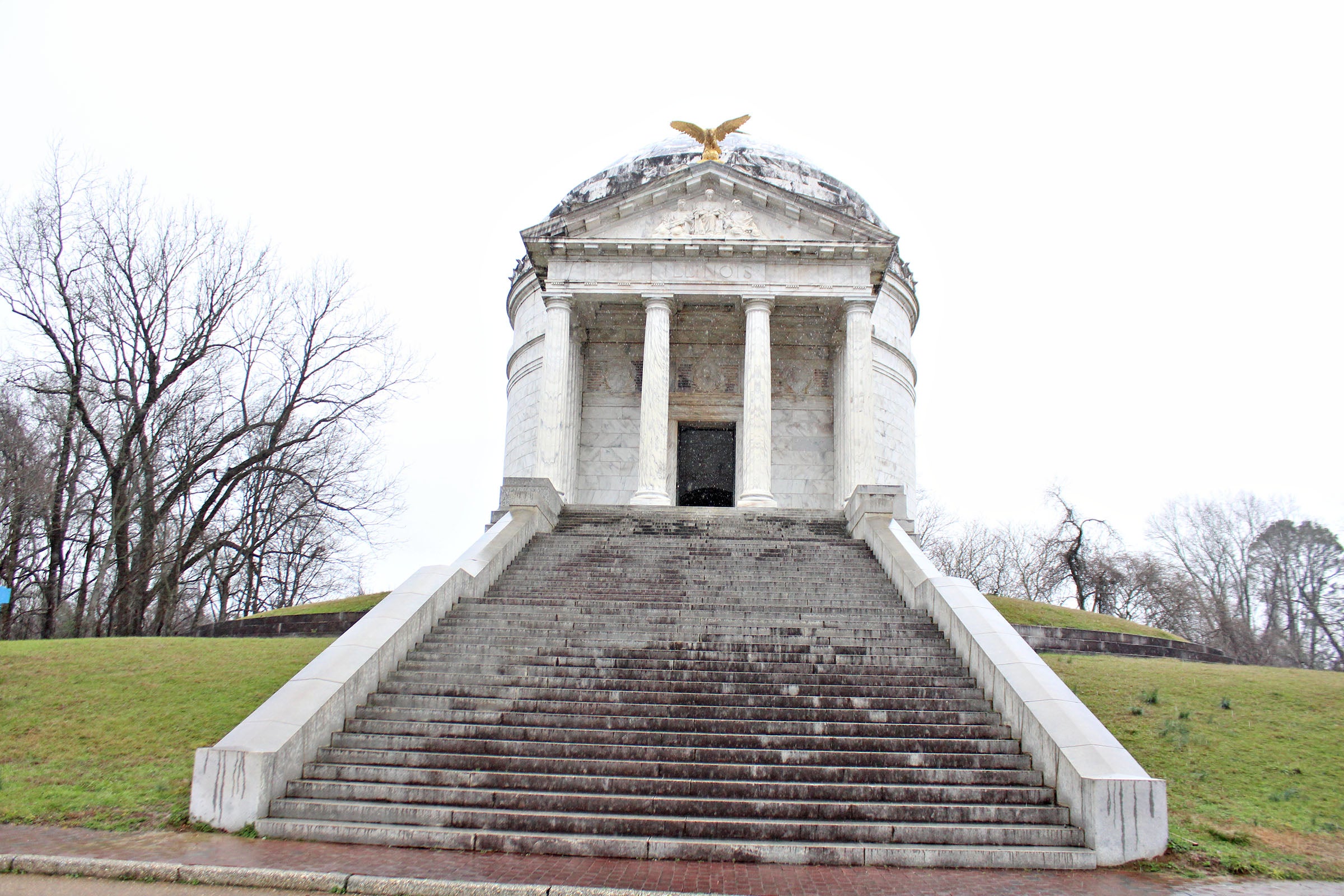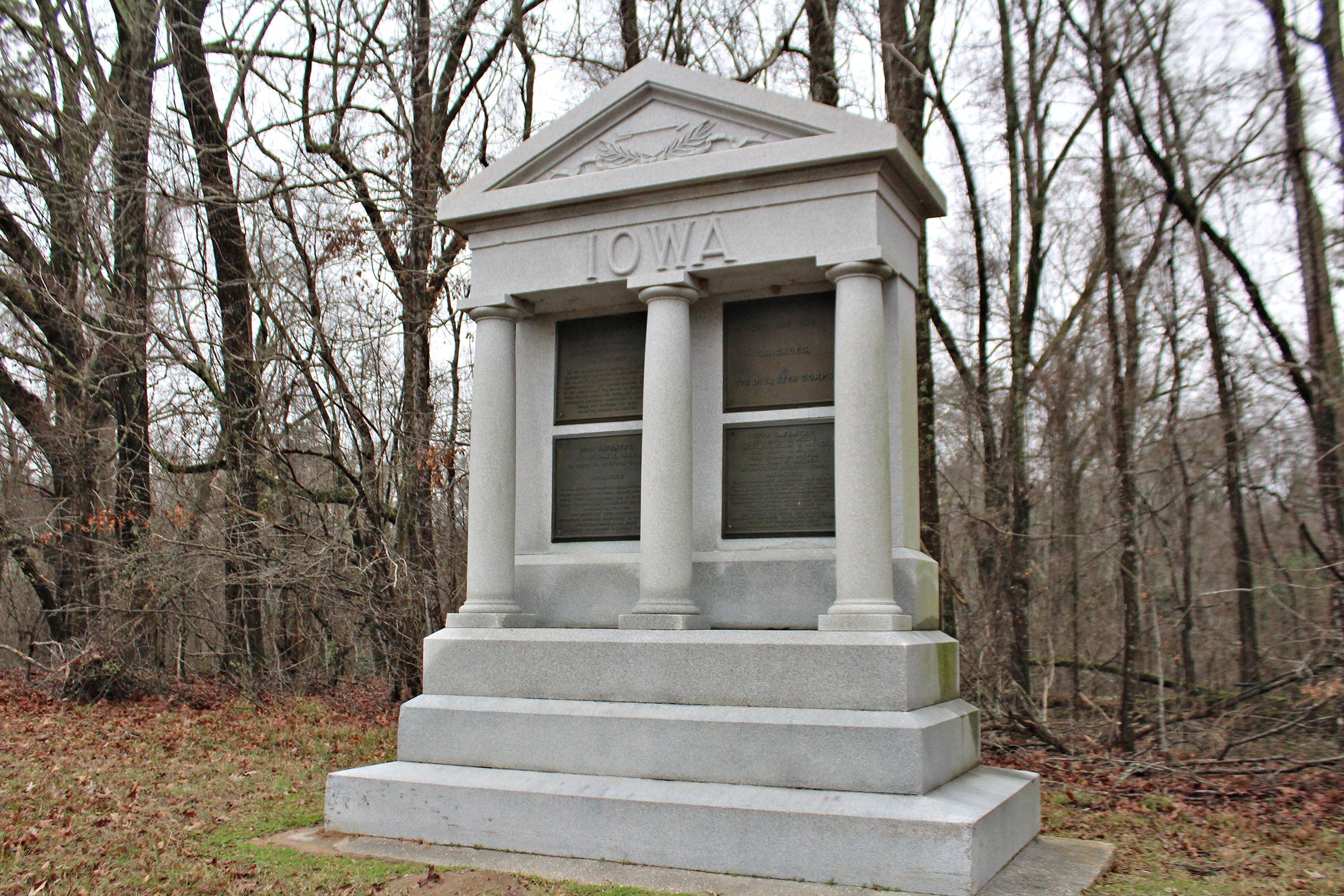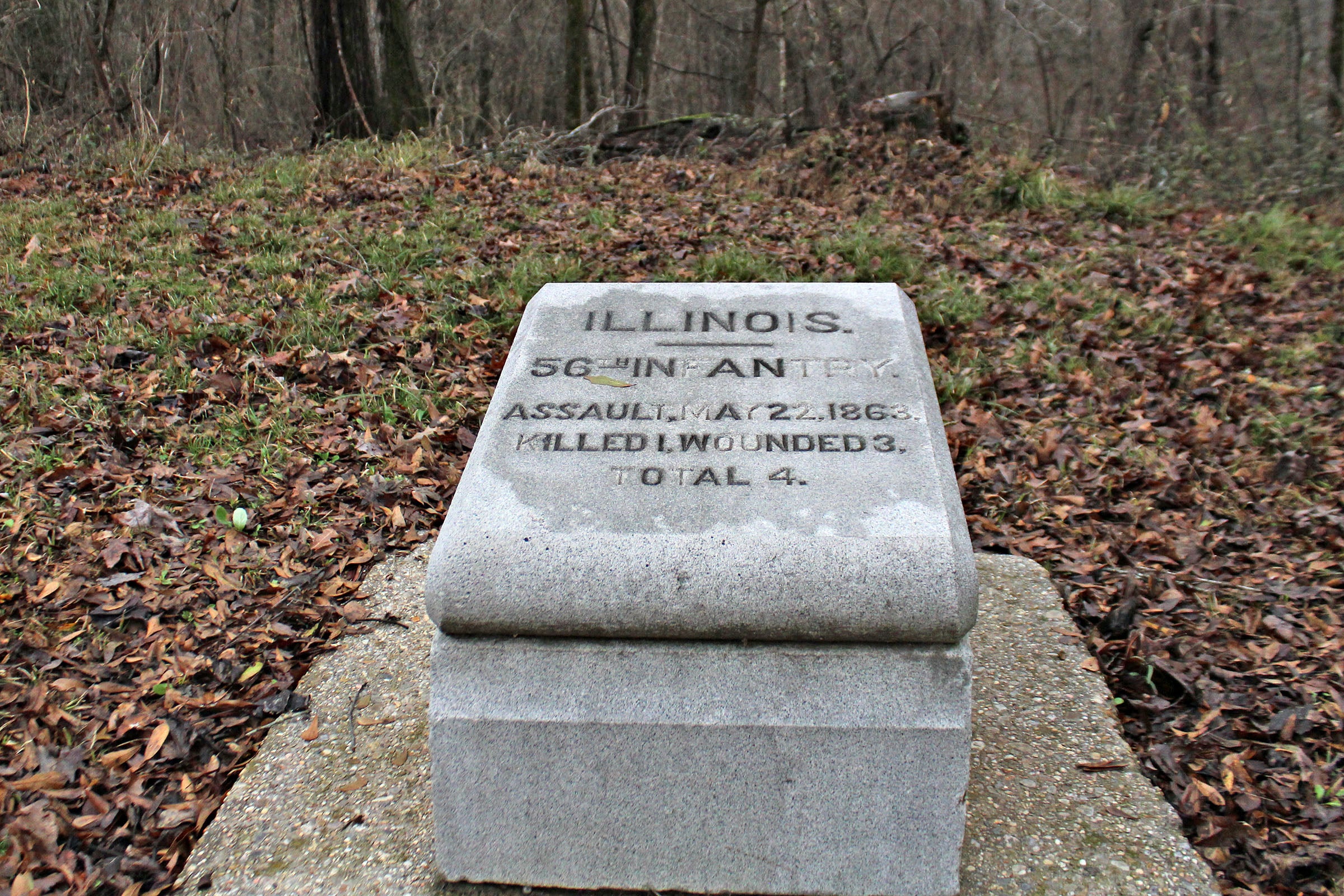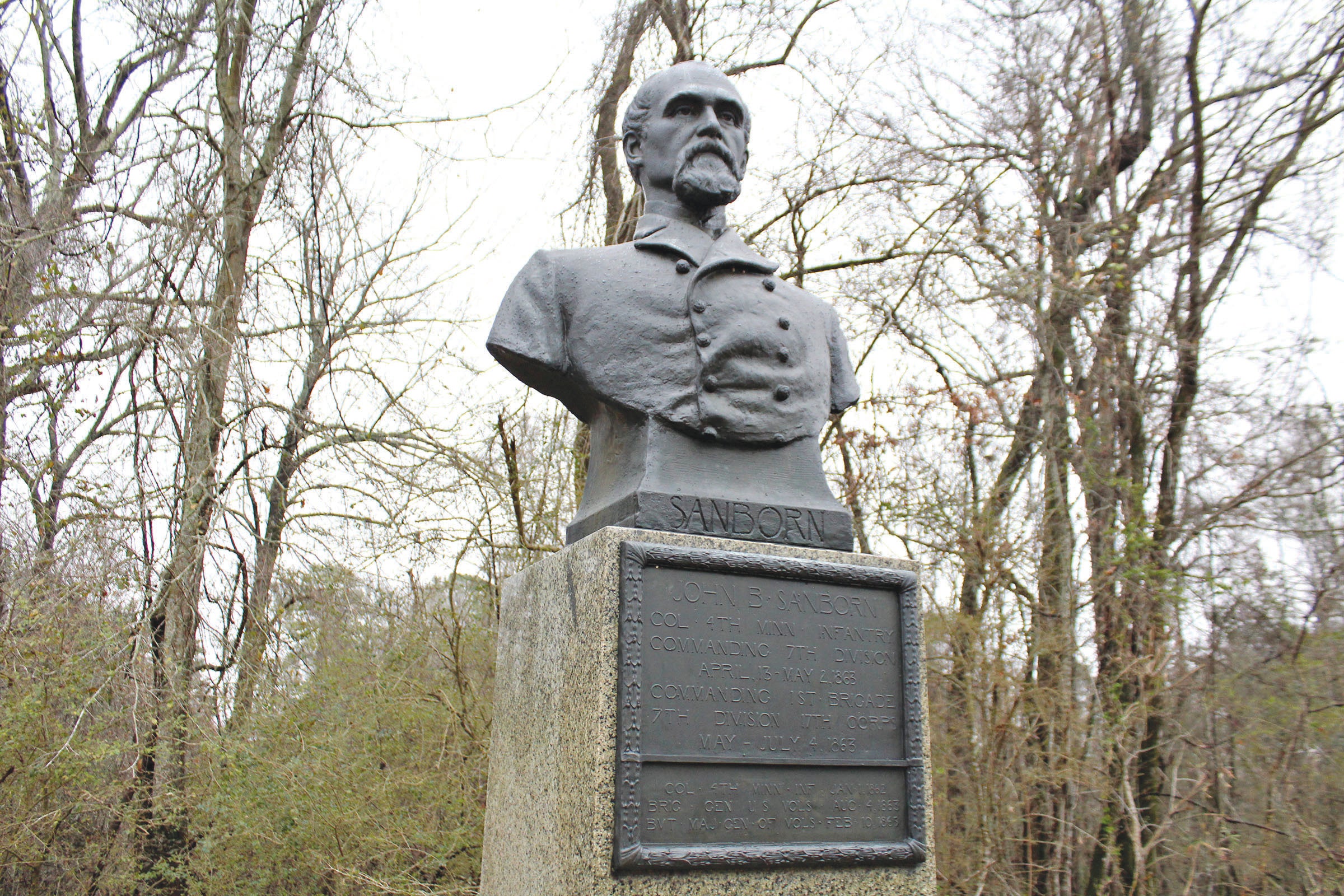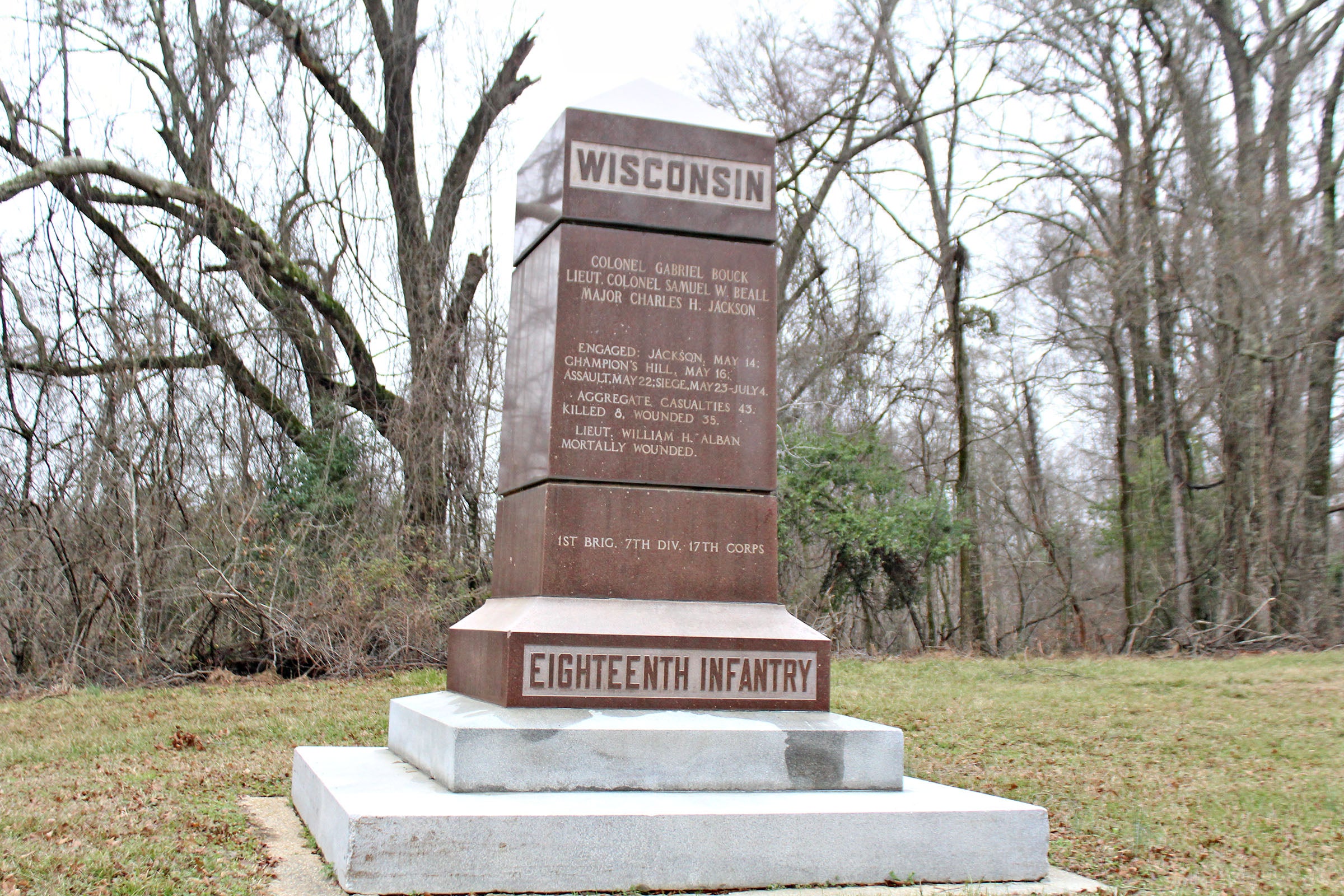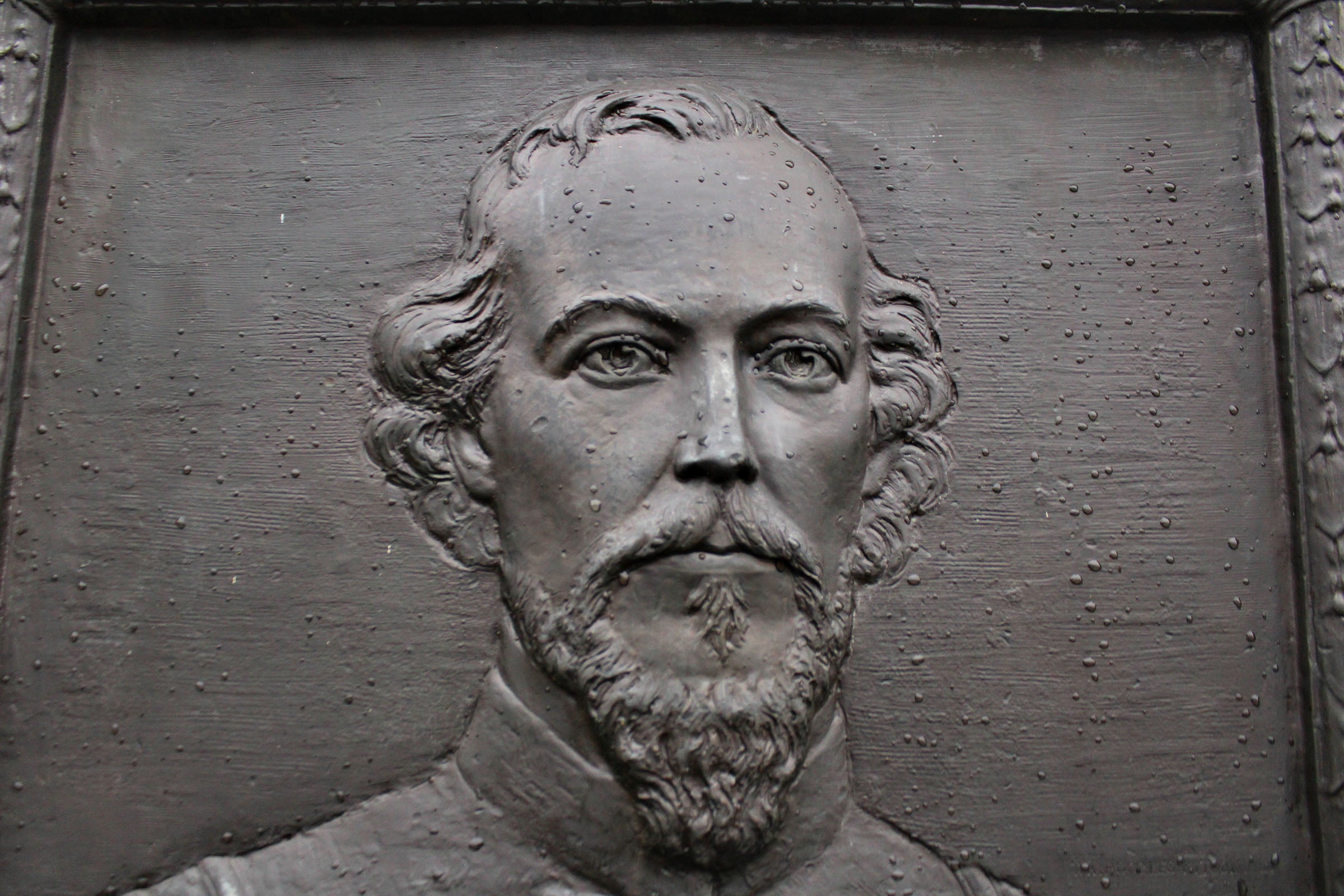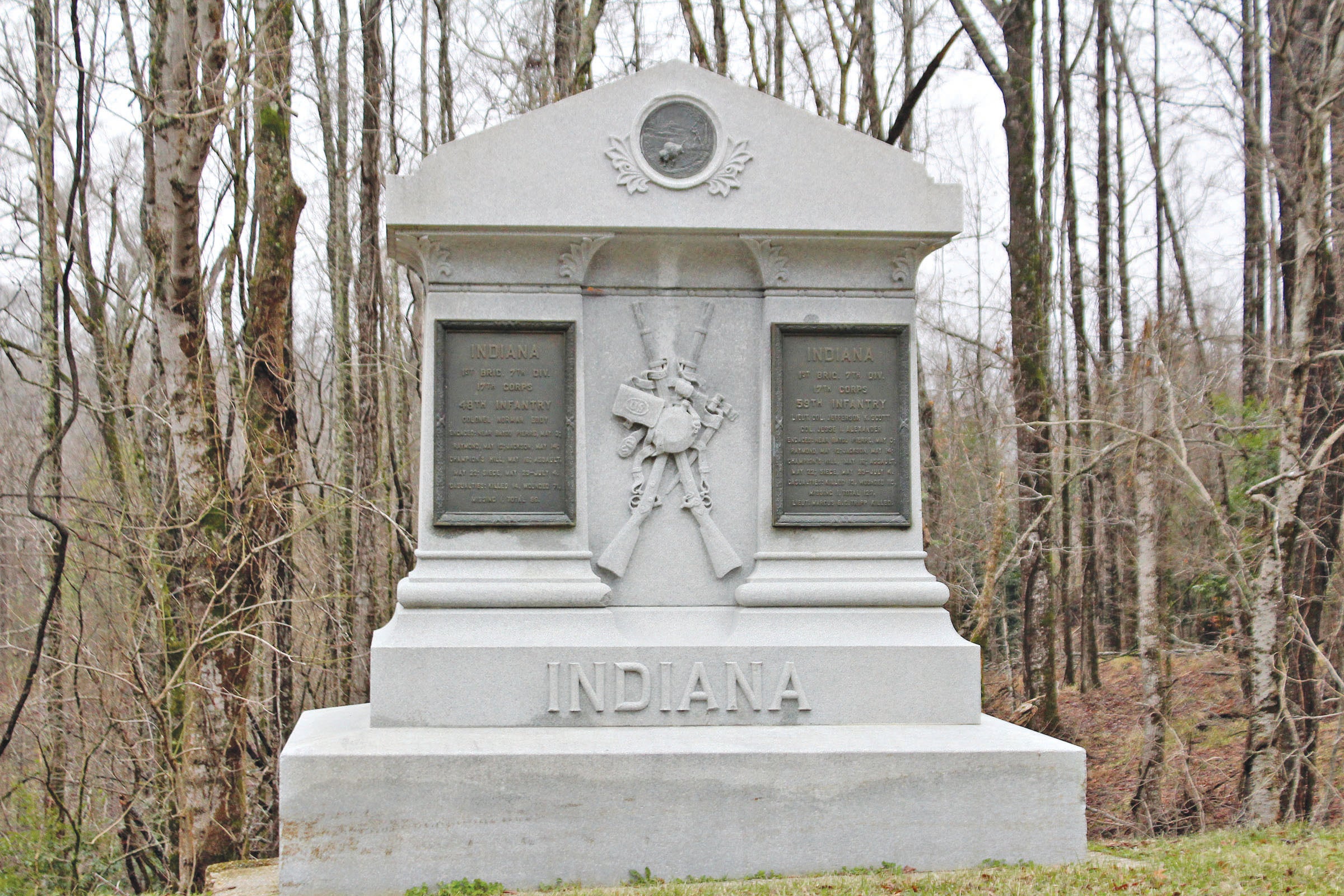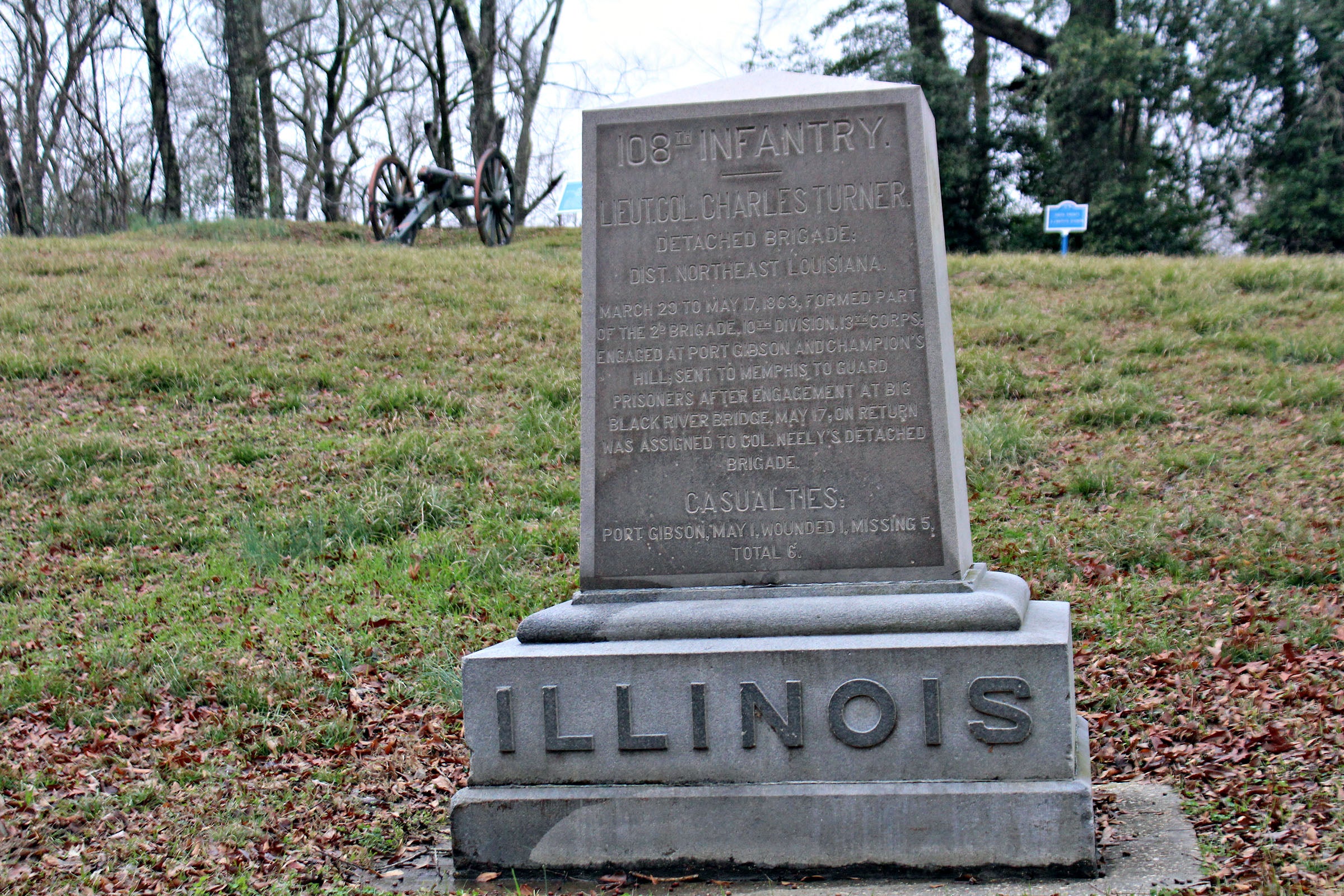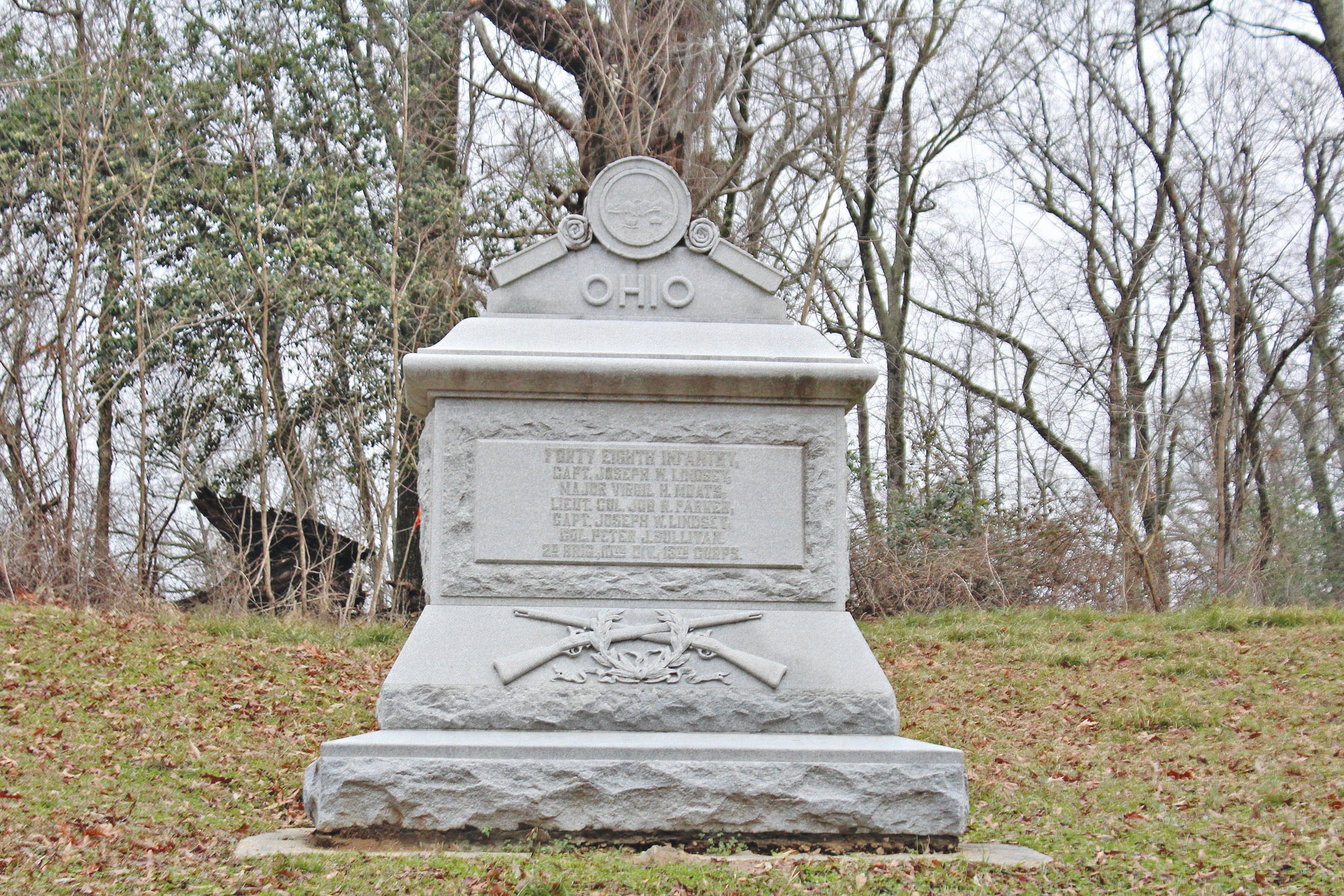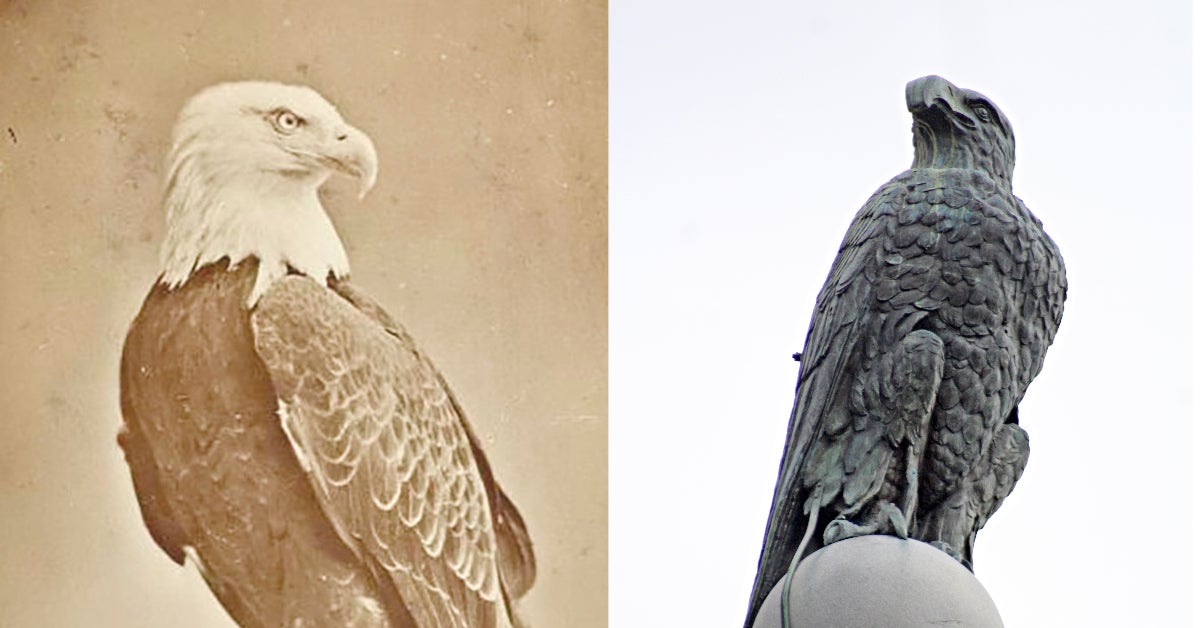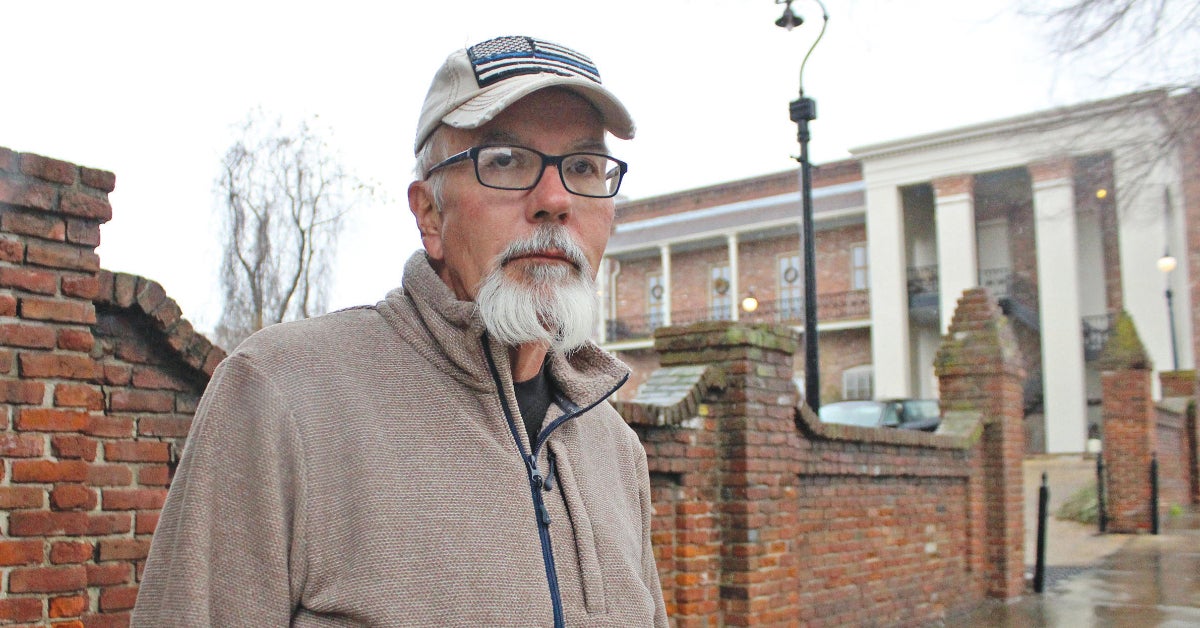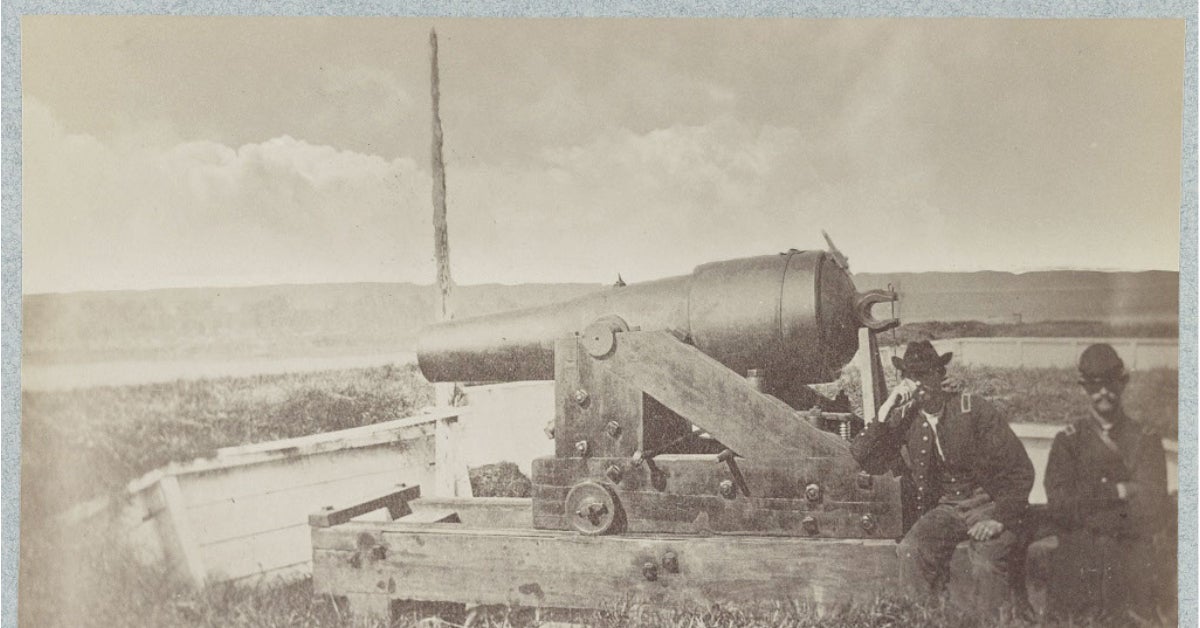VICKSBURG’S ART PARK: Sculptures, monuments are VNMP’s understated treasures
Published 9:54 am Saturday, February 25, 2023
Every year, thousands of tourists visit the Vicksburg National Military Park to absorb its history. For locals, it’s a popular place to walk, run and bike.
For art aficionados, meanwhile, it is a hidden gem.
There are nearly 1,400 monuments, markers, memorials, statues and sculptures packed into the Park’s 1,800 acres. The pieces range from simple iron or stone tablets to massive state monuments and bronze statues.
The art is more than decorative. Life-size busts of commanding officers and the haunting gazes of common soldiers bring the men who fought and died during the Siege of Vicksburg in 1863 to life 160 years later.
“I do think it personifies it,” said Bess Averett, the executive director of Friends of the Vicksburg National Military Park and Campaign. “It’s easy to think about this as being something in the past that happened to other people a long time ago. I think that’s what’s so signifcant about our park. We have been called ‘the art park of the National Park Service’ because of the scale and the degree of the monumentation.”
The size and scope of the monumentation is certainly impressive. Monuments of all shapes and sizes are scattered along the length of the VNMP’s 16-mile long Tour Road.
Ohio, for example, has monuments for each of the state’s 39 units that served there, and each one is unique. The 53rd Infantry Regiment is represented by a bullet-shaped marker, and the Fourth artillery battery by three vertically-oriented cannon barrels.
The 56th Illinois Infantry Regiment has a simple granite marker, while the Illinois state monument is a massive construct whose unique acoustics have inspired singers the world over to perform inside.
Most of the markers provide the names and detail the actions of those who fought in those units. There are also cast iron tablets that provide the same information, although some of those were lost over the years.
Approximately 145 of the tablets were removed and melted down during World War II metal drives, the history of one war helping to fight another. The Friends group has replaced more than 20 of the tablets over the past 15 years, and Averett hopes to add more whenever funds are available.
Some of the monuments are in odd locations, on top of hills or even in the woods where few people will ever see them, but none of the placement is random. It’s all part of a carefully crafted plan from the National Park Service that details who can have a monument and where.
“There’s a reason it’s there. That’s where there was action or that regiment was stationed, or where that lieutenant was,” Averett said. “It does mark specific things. It’s not haphazard. If a monument is in a location, it’s because that’s where it belongs. That’s where that action took place.”
Besides finding granite and bronze “easter eggs” off the beaten path, visitors who get out of their cars to get a closer look at the various monuments are rewarded with a glimpse at the incredibly intricate details their creators crafted into them.
Busts of officers from both the Union and Confederate armies still command respect from their perches. Buttons on their coats contain ornate designs, beards bristle, and steely eyes stare straight ahead.
At the large state monuments, ordinary soldiers often stand watch over their portion of the line. Some, like those at the Alabama monument, aim their rifles as they await the next infantry assault.
Tiny details like saddle rings on the rifle of a Wisconsin cavalryman or “U.S.” and “CSA” inscriptions on belt buckles offer historical accuracy. Chest scars and the determined stare of the soldier at the Texas monument, the exhaustion of those depicted at the Missouri monument, or the strained muscles of an Iowa cannon crew show the physical and mental tolls of war.
“It’s amazing artistry,” Averett said. “Once you get close you can really see the detail and the emotion. Some of the scenes on Iowa and Missouri, the bronze reliefs, you see the faces of the soldiers as they’re charging and it’s emotional. It’s not just stagnant.”
Like the placement of each monument, the level of detail is no accident. The elements of every sculpture were intended to symbolize different parts of the Siege and war in general, as well as the sacrifices and contributions that state or unit made to the battle.
Whenever possible, the stone for each monument was quarried in the state it represents.
“A lot of thought was put into each of them, as far as the symbolism and what the sacrifices meant to these states and these different individuals,” Averett said. “It’s a great way to connect people to the people that were here fighting.”
In 2023, the Vicksburg National Military Park will hold a number of celebrations commemorating the 160th anniversary of the Siege. Among those is a re-dedication of the Texas monument, which had a $500,000 restoration project completed in the spring.
Averett hoped that visitors — both from in and outside of Vicksburg — take time to look at and appreciate not only the events and sacrifices of 1863, but the fantastic artwork that immortalizes them.
“I don’t think they come expecting that, but more often than not that’s the takeaway and they’re surprised by it,” Averett said. “If you’ve been to other Civil War battlefield parks, the scale of our monumentation is so much more than others. Others probably have as many markers or busts as we do, but the scale and amount of large monuments in our park surprises people — in a good way. I don’t think they come here for that, but they do leave appreciating it.”


